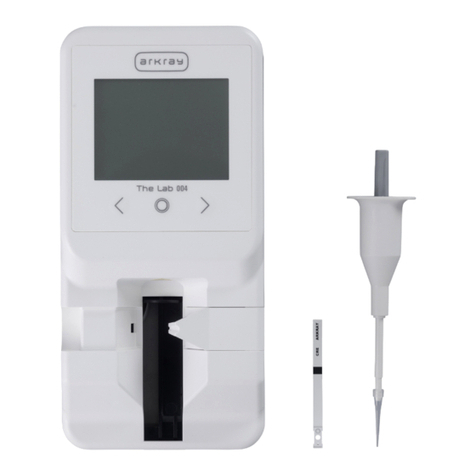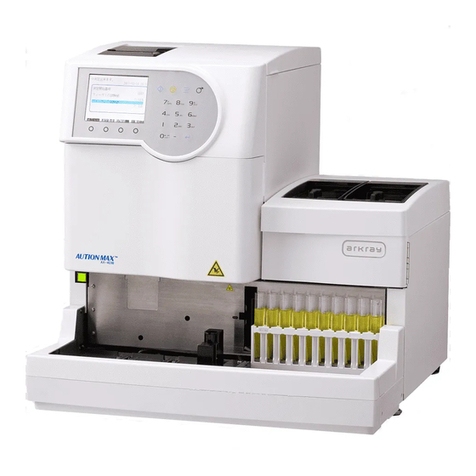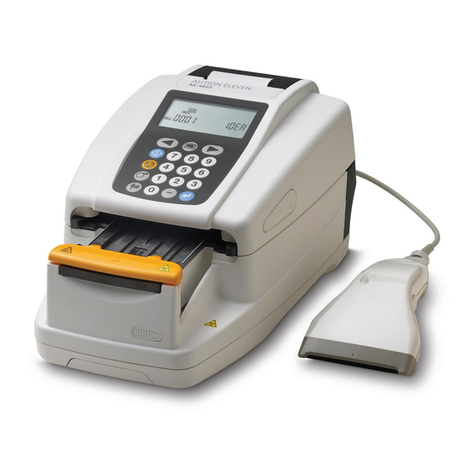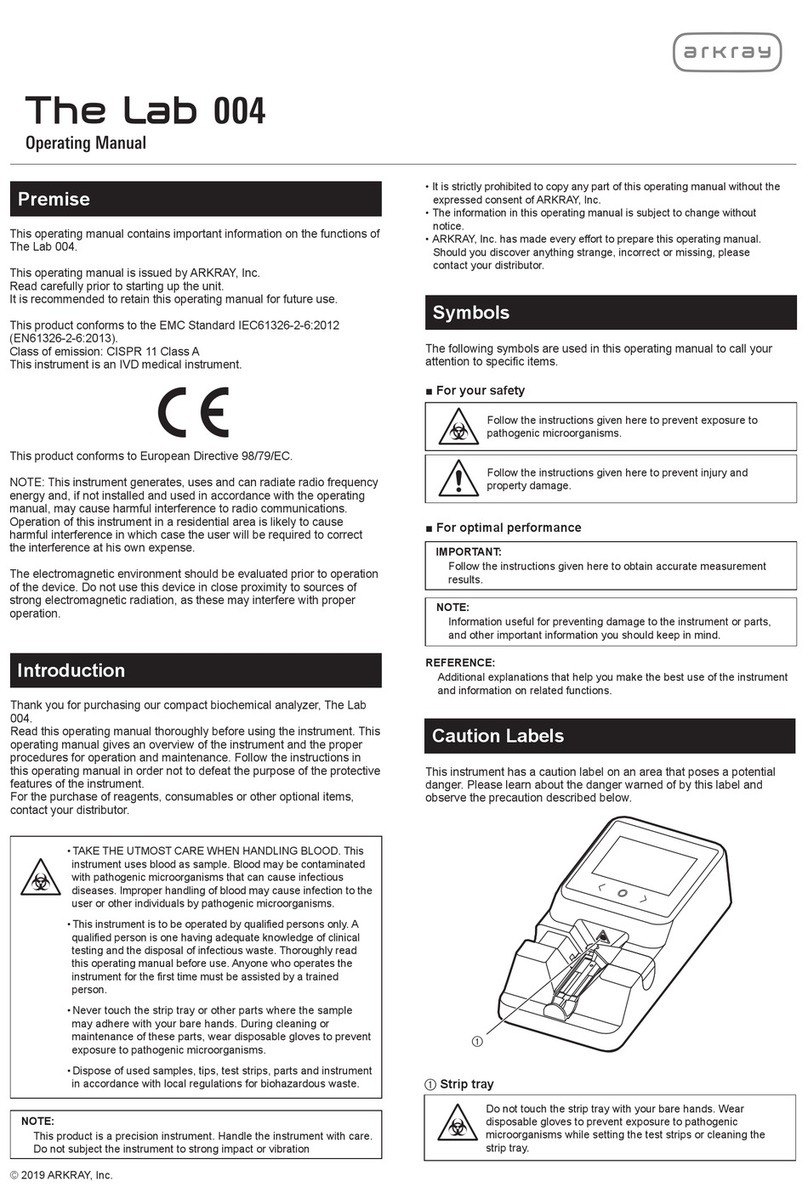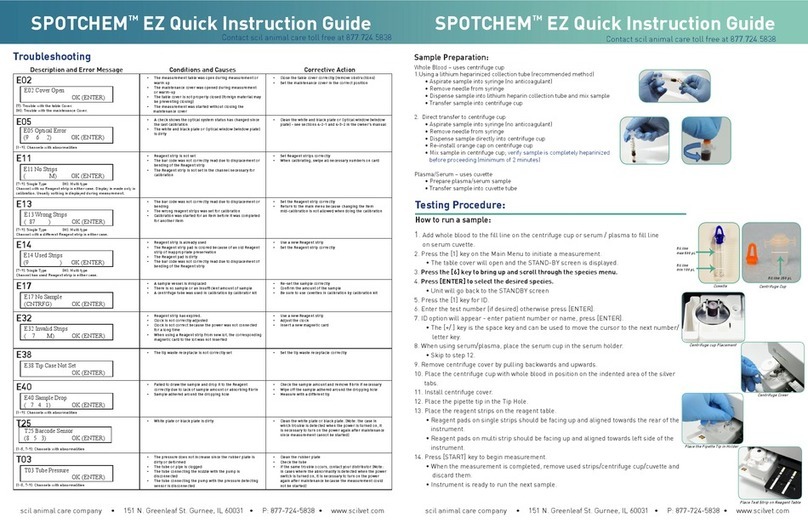
d05 ■ SE-1520
Chapter1
Introduction
Chapter2
Measurement
Electrolytemeasuringsystem,SE-1520OperatingManual
Contents
Premise…………………………………………………………………………………
Introduction…………………………………………………………………………
Notation………………………………………………………………………………
Contents…………………………………………………………………………………
1-1 Outline…………………………………………………………………………
1-1-1 Features……………………………………………………………
1-1-2 Measurement Types………………………………………
1-1- 3 Measurement Principles……………………………………
1-1-4 Specifications……………………………………………………
1-2 Shipping Carton………………………………………………………
1-2-1 Shipping Carton (Analyzer and Accessories)
1-3 Parts Description and Function………………………
1-3-1 Front of the Analyzer………………………………………
1-3- 2 OperatorPanel……………………………………………………
1-3- 3 BackoftheAnalyzer…………………………………………
1-3-4 TwinPipette……………………………………………………
1-3-5 Twin Pipette II……………………………………………………
1-4 Installation……………………………………………………………
1-4-1 Cautions…………………………………………………………
1-4- 2 Setting Up…………………………………………………………
1-4-3 First Operation after Installation…………………
1-4-4 Precautions in Instrument Relocation………………
2-1 Outline…………………………………………………………………………
2-1-1 OperatingProcedures……………………………………
2-1-2 Exclusive E-Plate……………………………………………
2-1-3 Measurement……………………………………………………
2-1-4 Calibration…………………………………………………………
2-2 Cautions………………………………………………………………………
2-2-1 Cautions on Operation………………………………………
2-2-2 Handling Samples……………………………………………
2-2-3 HandlingExclusiveE-Plates………………………………
2-2-4 HandlingMagneticCard………………………………
2-2- 5
Handling Twin Pipette and Twin Pipette II
……………
2-2-6 Handling Reference Solution……………………………
2-3 Preparation………………………………………………………………
2-3-1 Preparation……………………………………………………
2-3-2 Startup………………………………………………………………
2-3-3 Checks before Measurement……………………………
2-3-4 Preparation of Samples……………………………………
2-3-5 Suction of Reference Solution and Samples……
2-4 Measurement……………………………………………………………
01
02
03
04
1-02
1-02
1-03
1-03
1-04
1-05
1-05
1-06
1-06
1-07
1-08
1-09
1-10
1-11
1-11
1-13
1-15
1-16
2-02
2-02
2-03
2-03
2-04
2-05
2-05
2-06
2-06
2-07
2-07
2-09
2-10
2-10
2-11
2-12
2-14
2-15
2-18
